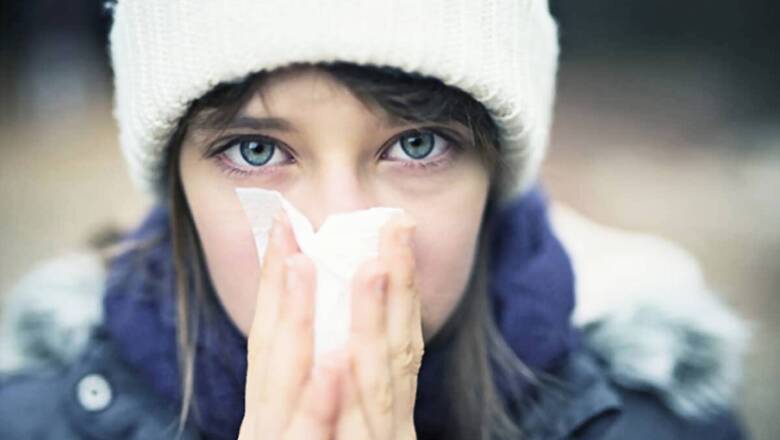
views
The novel coronavirus is highly contagious as the infection can transmit through the droplets that spread when an infected person coughs, sneezes and even breathes. In order to curb this situation, it was mandated that people need to maintain a social distance of at least 6 feet. But is 6 feet enough?
A recent study published in the journal BMJ, scientists from Oxford University and Massachusetts Institute of Technology found that the respiratory droplets containing SARS-CoV-2, the virus that causes COVID-19, can travel up to 26 feet in just a few seconds after an infected person coughs, sneezes or sings.
The two-metre rule for social distancing
The six-feet (2-metre) rule was based on the understanding that when an infected person speaks, the large respiratory droplets travel up to 1 to 2 metres and the small ones stay close to the infected person. However, when the droplets are exhaled with a blow like while coughing or sneezing, the small droplets are found to travel beyond two metres in the air, and the large droplets spread to an even larger distance.
The spreading ability of SARS-CoV-2 virus
When the Oxford scientists tested the spreading ability of SARS-CoV-2 virus, they found that while breathing out, singing, coughing and sneezing, a warm and moist cloud of air with high momentum is exhaled. This cloud of air moves the respiratory droplets faster than the ones that are exhaled with normal ventilation.
The scientists further found that these respiratory droplets had a range of spreading of up to 7-8 metres (equivalent to 26 feet) within a few seconds.
Previous studies depicting the ability of the virus to spread up to 20 feet
Previously, scientists from the University of California and Stanford University had found that with the change in weather, the ability of the virus to spread the infection increases. It was found that during dry and hot weather, the respiratory droplets convert themselves into aerosols which increases their ability to transmit the infection to a longer distance, that is, up to 20 feet. It was found that these infectious aerosols of size smaller than 2.5 micrometres can infiltrate deep into the lungs, resulting in severe symptoms of the disease.
Need to modify the social distancing norms
With these research pieces, scientists believe that social distancing norms may need to be revised, keeping factors like the environment and ventilation in mind, to prevent further spread of the disease.
For more information, read our article on What is social distancing.
Health articles on News18 are written by myUpchar.com, India’s first and biggest resource for verified medical information. At myUpchar, researchers and journalists work with doctors to bring you information on all things health.



















Comments
0 comment